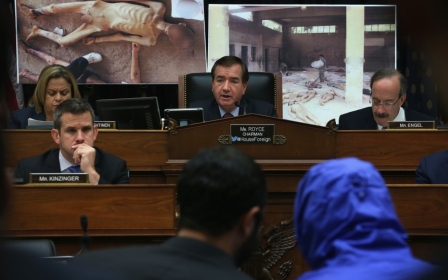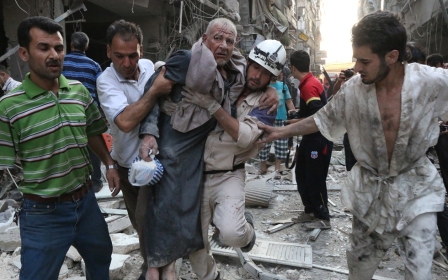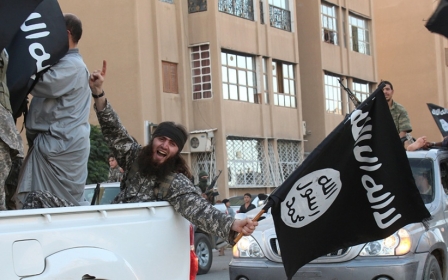Assad forces kill 130 people in Syria, say activists

At least 130 people, including seven children and 10 women, have been killed in air and ground operations across Syria by forces loyal to President Bashar al-Assad, opposition activists have said.
The London-based Syrian Network for Human Rights watchdog said Sunday that 130 people had been killed in Damascus’ suburbs, Aleppo, Hama, Deir ez-Zor, Daraa, Homs, etc.
Meanwhile, the Syrian Local Coordination Committee said the Assad army had attacked in Aleppo with barrel and vacuum bombs and many homes were destroyed.
Vacuum bombs are a type of thermobaric weapon which go off at high altitude dispersing a cloud of fuel that triggers a second explosion.
"Many of the injured are in critical condition and the field hospitals in the region lack sufficient medical supplies," it said.
Also, the Syrian Local Coordination Committee said that fierce clashes took place between members of the Free Syrian Army and Assad forces.
The Syrian government's official news agency, SANA, claimed that Syrian troops "neutralized" a large number of armed groups in Aleppo, Idlib, Latakia, and in the suburbs of Damascus.
Syria has been gripped by constant fighting since the regime launched a violent crackdown in response to anti-government protests in March 2011, triggering a conflict which has spiraled into a civil war.
The UN has stopped updating its death toll for the country saying an official count had become too difficult to verify.
At least 100,000 deaths were recorded in the last official count in July 2013.
New MEE newsletter: Jerusalem Dispatch
Sign up to get the latest insights and analysis on Israel-Palestine, alongside Turkey Unpacked and other MEE newsletters
Middle East Eye delivers independent and unrivalled coverage and analysis of the Middle East, North Africa and beyond. To learn more about republishing this content and the associated fees, please fill out this form. More about MEE can be found here.




